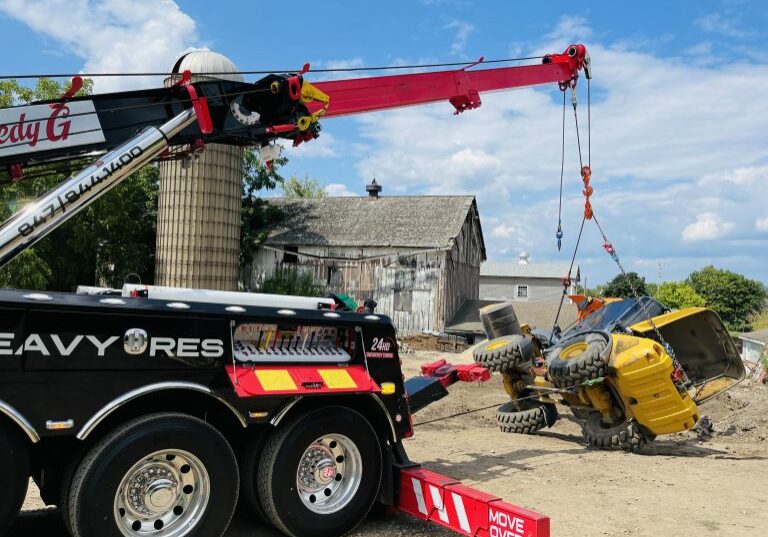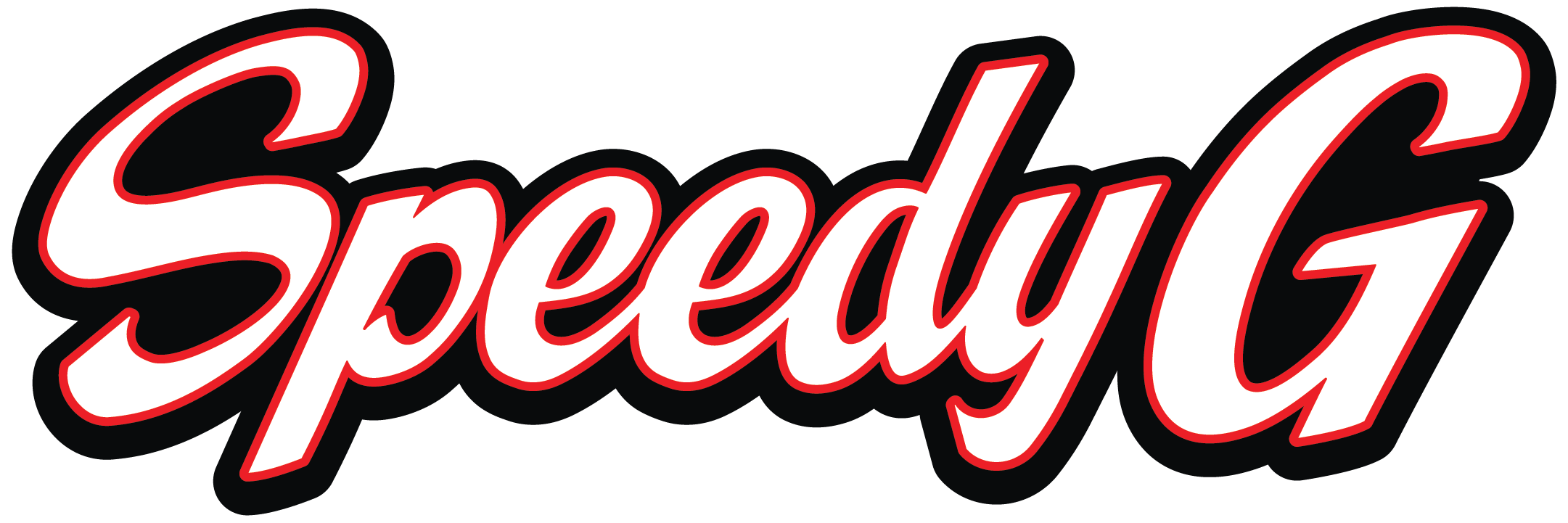
What Is A Heavy Duty Winching Service?
When a motor vehicle is winched, it is moved by using a cable from a position that cannot be directly connected to a tow vehicle. In winching, a vehicle is not pulled onto a tilt bed or carrier, nor is it lifted using a tow sling.
A winch maintains steady tension while winding wire around a drum. Despite their small size, winches are powerful enough to tow cars or small trucks, although for safety reasons this is not often done. Cars are typically pulled up into towing slings or onto a towing platform using a towing winch.
In order to pull a car out of a terrible situation – how did that get there? – a tow winch involves several parts that work together. There is a unique function for each component of a winch. A tow winch consists of the following parts:
- The cable wire: A chain or steel wire wrapped around the drum unit is a key part of a winch. The length of the wire can vary from 30 to 120 feet in length.
- The drum: The drum, circular in shape, keeps the wire neatly wrapped and prevents entanglement. When you need to wind the cable out or in, the drum rotates in a circular motion.
- The motor: We need something to power the drum unit. This is where the winch motor plays its role, this can be hydraulic or electric. Some traditional winches don’t come with an electric motor, which makes the entire pulling process slow.
- Gear casing and gear train: This is another key part that transforms the power from the motor into pulling power. When your car is stuck in a tough position, you need a tow winch with a working gear casing and gear train.
All of these parts have to work together, or the ow winch won’t work.
Which Vehicles Require Heavy-Duty Towing?
In order to determine which vehicles may need heavy-duty towing if they break down, consider those that require special licenses to be driven on public roads. Vehicles in Classes 1 and 2 and commercial/utility vehicles in Classes 3 and 4 falls under light-duty towing. There are four general categories of large industrial vehicles in Classes 5 through 8, which include:
- Busses: school busses, tour busses, city busses
- Motorhomes: RVs and other mobile residential vehicles (one of the few heavy-duty vehicles that usually don’t require special licensure)
- Large trucks/vans: delivery trucks with trailers, package delivery vans
- City service vehicles: fire trucks, garbage trucks, fuel transporters, roadwork vehicles, large tractor equipment, semi-trucks
You can count on Speedy G Towing to be there when you need us. Our heavy-duty truck recovery services include winches, tow trucks, and other specialized equipment to get your truck or trailer out of the situation. Whether it is sunken under water, mud, or snow, over a low bridge, or just needing a quick winch-out for some reason, we have you covered with our fast and efficient service. Be sure to call us when you find yourself in trouble.
